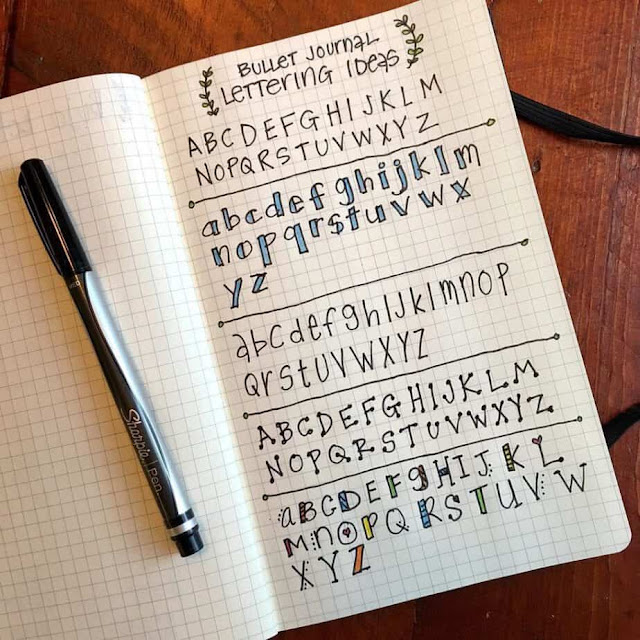Victorian Servanthood

Life below the stairs during the Victorian era was not glamorous. If you think working for the public in a restaurant or store puts you in contact with ungrateful people, consider what the servants of the ungrateful rich dealt with. Service jobs were done by "inferiors" who were supposed to be invisible unless needed. If you were treated well you were lucky, but not everyone worked for people as nice as the Bridgertons. To be clear I am not talking about slavery. This is paid servanthood that is not forced. This is comparable to being an employee in personal maid services or a kitchen worker (though today you won't be treated like you are inferior unless you have a crappy boss). The rich employed people to bend to their every whim. While Cinderella may have technically been a slave, most domestic servants were paid money. If they weren't it was slavery. The Roles and Duties The wages of servants were different based on roles. The butler had the benefit because he ha...





